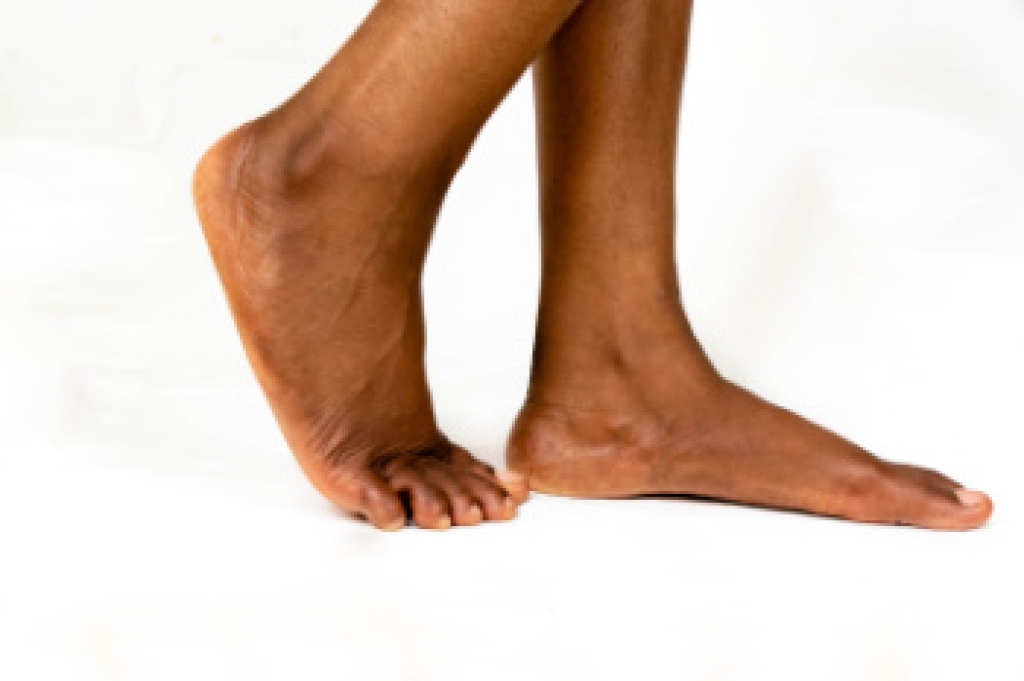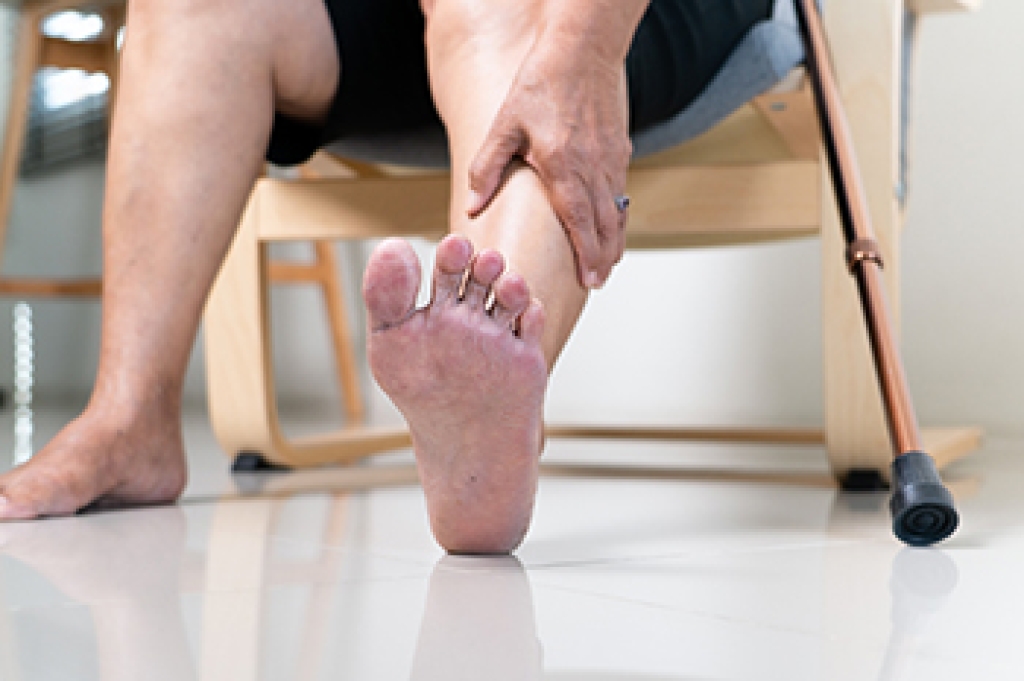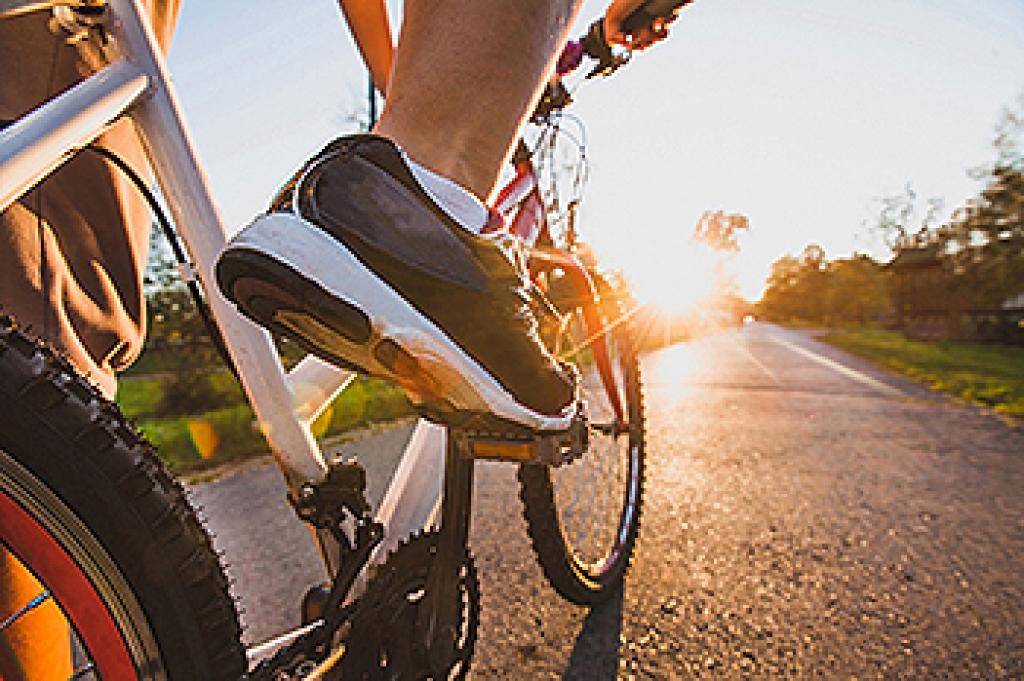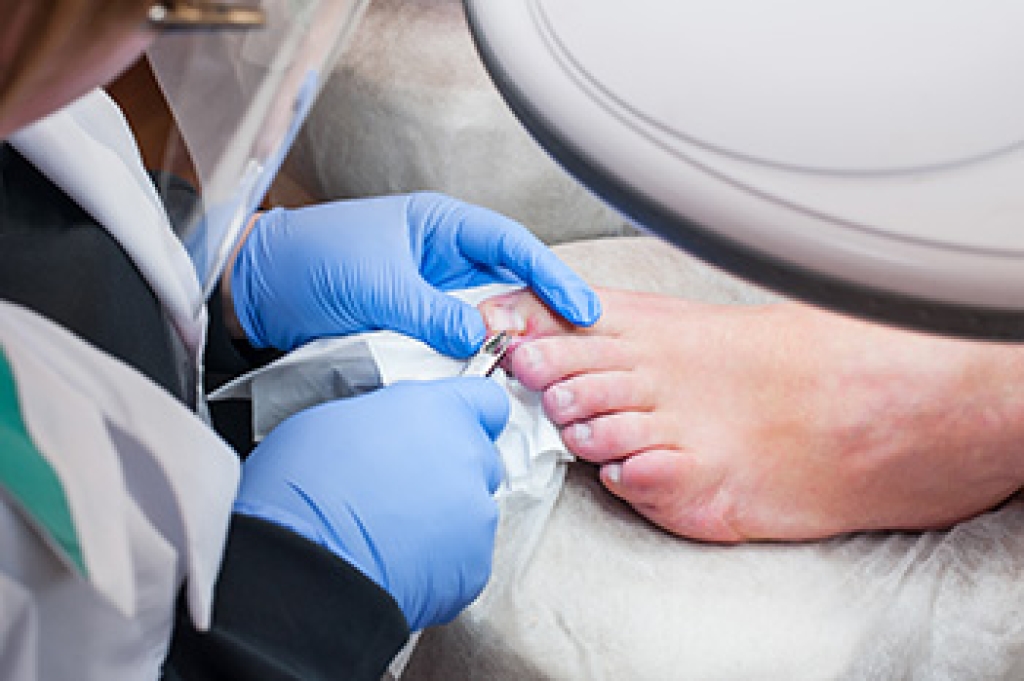
Flat feet occur when the arches of the feet are low or absent, causing the soles to make full contact with the ground while standing. Flat feet may be present from childhood or develop later from weakened tendons, ligament injuries, fractures, or arthritis. Some people with flat feet have no symptoms, but others experience aching in the arches, heels, ankles, or discomfort that extends to the knees and lower back. A podiatrist can diagnose flat feet by examining foot posture and gait, and may use imaging tests to evaluate the bones and soft tissues. When flat feet cause pain, medical treatment options include wearing custom orthotics or specially designed supportive footwear to reduce strain. In more severe cases, surgery may be recommended to strengthen or realign the affected structures in the feet. Early medical care can help manage symptoms and prevent further complications. If flat feet are disrupting your daily activities, it is suggested that you schedule an appointment with a podiatrist for appropriate treatment options.
Flatfoot is a condition many people suffer from. If you have flat feet, contact one of our podiatrists from Carolina Foot & Ankle Specialists. Our doctors will treat your foot and ankle needs.
What Are Flat Feet?
Flatfoot is a condition in which the arch of the foot is depressed and the sole of the foot is almost completely in contact with the ground. About 20-30% of the population generally has flat feet because their arches never formed during growth.
Conditions & Problems:
Having flat feet makes it difficult to run or walk because of the stress placed on the ankles.
Alignment – The general alignment of your legs can be disrupted, because the ankles move inward which can cause major discomfort.
Knees – If you have complications with your knees, flat feet can be a contributor to arthritis in that area.
Symptoms
- Pain around the heel or arch area
- Trouble standing on the tip toe
- Swelling around the inside of the ankle
- Flat look to one or both feet
- Having your shoes feel uneven when worn
Treatment
If you are experiencing pain and stress on the foot you may weaken the posterior tibial tendon, which runs around the inside of the ankle.
If you have any questions, please feel free to contact our offices located in Mount Pleasant and Charleston, SC . We offer the newest diagnostic and treatment technologies for all your foot care needs.






